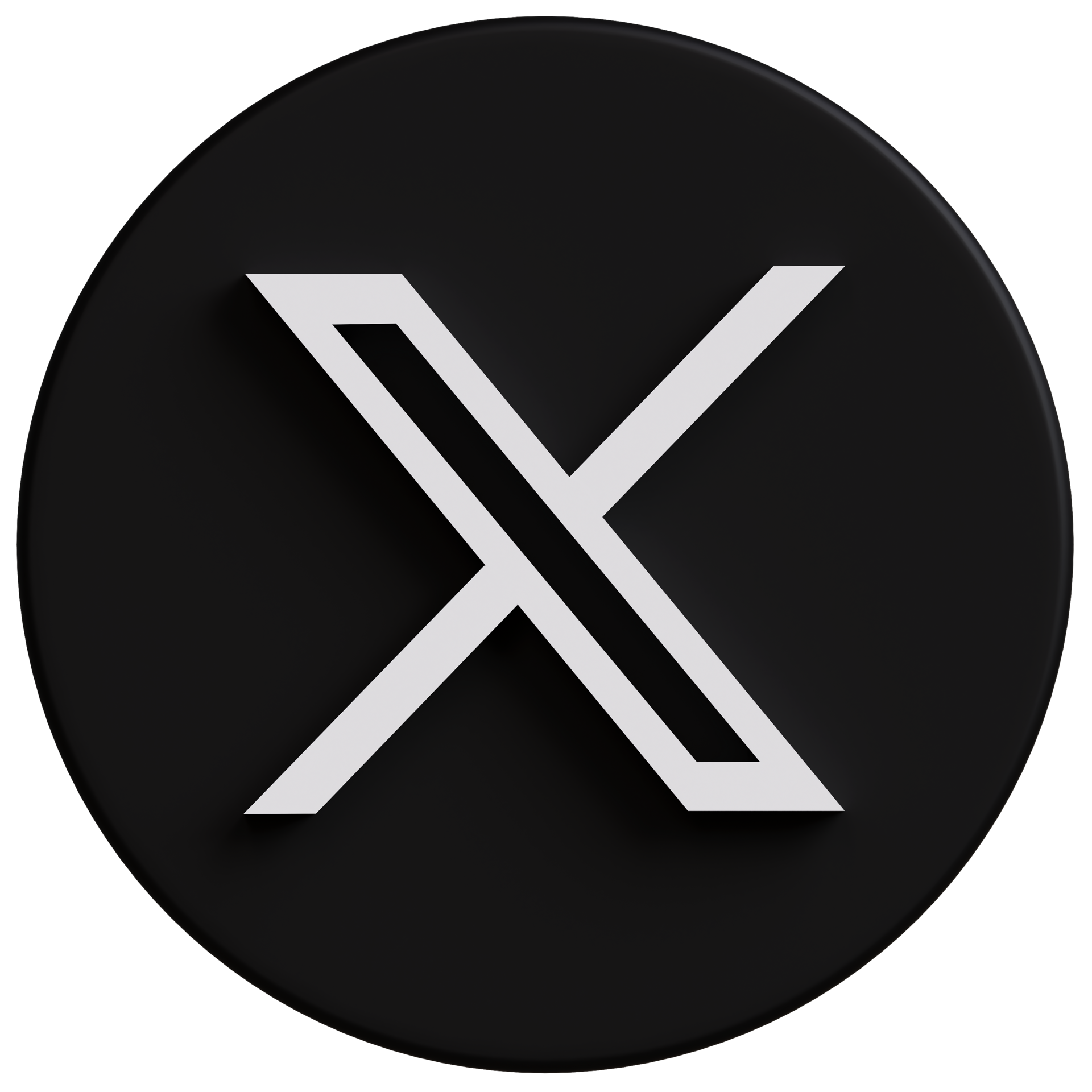Bitcoin is a new kind of virtual currency that exists
only in the mysterious world of the Internet. It sprang up after the
financial crisis of 2008, when a bunch of geeks wanted to create sweet spots for their money to rest and increases obviously with the use of sheer technology which was made of of digital bits. That currency is Bitcoin.
What’s really interesting about this brand-new currency is that it’s
mined through good old-fashioned hard work—by your PC though, not you.
You simply run a program on your computer and eventually a virtual coin
will appear. The more powerful your setup, the faster the coins will
arrive, theoretically at leas. It uses spare computing cycles to help churn through complicated
equations, the final equations result in a payday for the person
willing to devote the resources necessary to acquire them. Of course,
it’s not quite that simple, and there are pitfalls and caveats, as
always, so follow along while we take you on a brief tour of this brave
new frontier. And if you become a virtual millionaire down the road, I
want a finder’s fee.
Since there is no central authority or government agency providing oversight, users are allowed to semi-anonymously transfer money to one another, making it similar to any other peer-to-peer transaction, except this time, instead of swapping torrents, you’re swapping virtual cash. This lack of oversight is one of the key benefits, and downsides, to Bitcoin at this time, making it the latest frontier in the battle over how much freedom should exist in the online world. This state of anarchy has also made Bitcoin quite intriguing for people who have a lot of spare GPU cycles.
While all transactions and wallet addresses are recorded in a public ledger, the keys needed to access funds are private, which ensures that only you have access to your bitcoins. Each transaction over Bitcoin is verified by a software program that generates an SHA-256 hash, which is sent to the public block chain. Once it’s in the block chain, it is confirmed that the money has been left at your address.
To use your GPU to mine bitcoins, you need to install OpenCL or CUDA, which are included in the latest driver packages from AMD or Nvidia, and then select your GPU in the GUIMiner device box. GUIMiner’s Extra Flags box allows you to specify the GPU load you want and even the fan speed to keep things frosty. For best performance on AMD cards, we generally found “–v –w128 –f0” to be the optimal settings, and “–f0 –w128” on Nvidia cards.
Since there is no central authority or government agency providing oversight, users are allowed to semi-anonymously transfer money to one another, making it similar to any other peer-to-peer transaction, except this time, instead of swapping torrents, you’re swapping virtual cash. This lack of oversight is one of the key benefits, and downsides, to Bitcoin at this time, making it the latest frontier in the battle over how much freedom should exist in the online world. This state of anarchy has also made Bitcoin quite intriguing for people who have a lot of spare GPU cycles.
But before you fire up your GPUs and quit your day job, let’s examine
the basics of Bitcoin so you can decide if it’s something you even want
to bother with, because—spoiler alert—it’s not for everybody.
Bitcoin in short....
Bitcoin currency consists of four denominations, with the largest being one bitcoin (BTC), followed by a milicoin with a value of 0.001 BTC. One step lower is a microcoin with a value of 0.000001 BTC, and the smallest denomination is a satoshi, with a value of 0.00000001 BTC. Since its inception in 2009, bitcoin value has varied widely: $1 could buy you one bitcoin at the beginning of 2011, but you'd need $230 to buy that same bitcoin in April 2013, making it a damned good investment for those who got in early. Bitcoin is a different kind of currency though, so naturally it works a bit differently than traditional currencies. While your local bank keeps a private ledger for deposits and withdrawals, Bitcoin’s ledger, called the block chain, is public, and everyone can download a copy. This allows anyone to effectively audit transactions sent over the network, which has elicited fears of a Panopticon of constant surveillance. This ease of monitoring has also caused many users to actively conceal their identities on the Bitcoin network, which is somewhat easy to do since bitcoins are sent to an alphanumeric address that is randomly generated by a virtual wallet.While all transactions and wallet addresses are recorded in a public ledger, the keys needed to access funds are private, which ensures that only you have access to your bitcoins. Each transaction over Bitcoin is verified by a software program that generates an SHA-256 hash, which is sent to the public block chain. Once it’s in the block chain, it is confirmed that the money has been left at your address.
Bitcoin Mining
The more interesting way to acquire some coin, at least for people like you and me, is to use your PC to mine them. To get started, you register
online to either join a mining pool or start mining solo. There are
dozens of popular pools, with some reaching over 30,000 users, and they
are always accepting new members. You just need to find a pool and
register, then download a mining program that will start crunching
numbers for your pool. GUIMiner is one of the most popular mining
programs for new users because it's one of the few applications with a
graphical user interface, so it keeps users away from the command line
and will have you mining in only a few clicks. If you had to register
for your pool, select your pool from the server box, insert your
username and password in the appropriate boxes, then click “Start
mining.” If your mining pool is not listed, select Other and insert your
mining pool's URL and port number.
What Kind of Hardware Do I Need to mine Bitcoins?
Before 2010, people were crunching numbers using their CPU; then the GPU was introduced to bitcoin mining and drastically changed the game. With its fleet of specialized compute units, GPUs crunch bitcoin many factors faster than even an Intel Core i7 CPU. As an example, a Radeon HD 7970 can reach over 700Mhash/s, whereas a GTX 680 can crunch a little more than 110Mhas/s, and an Intel Core i7 4770k can only achieve a paltry 8Mhash/s! Keep in mind, though, that one Radeon HD 7970 would take over a year to chew through a Bitcoin block, so you'll need some major firepower to increase the speed at which the transactions occur. One more problem: As more users compete to mine bitcoins, the difficultly is automatically adjusted, making it harder to mine, ensuring bitcoins are constantly mined at approximately one block every 10 minutes.
With four Radeon 6970s, this rig uses a
custom open case to keep the GPUs cool. This monster machine hunts for
bitcoins at about 2,400 MHash/s
To use your GPU to mine bitcoins, you need to install OpenCL or CUDA, which are included in the latest driver packages from AMD or Nvidia, and then select your GPU in the GUIMiner device box. GUIMiner’s Extra Flags box allows you to specify the GPU load you want and even the fan speed to keep things frosty. For best performance on AMD cards, we generally found “–v –w128 –f0” to be the optimal settings, and “–f0 –w128” on Nvidia cards.
ASIC Miners: The Bitcoin BigGuns
An application-specific integrated circuit, or ASIC, bitcoin miner is a
microchip specifically designed to run the Bitcoin calculation. These
chips' physical circuits are built only to mine bitcoins, really fast.
While an Asus Ares II Radeon HD 7990 can mine bitcoins at a blistering
1,420Mhash/s, a similarly priced ASIC miner can hash 25,000Mhash/s!
Almost 20 times faster at the same power rating, making ASIC miners the
go-to hardware for those trying to get rich mining bitcoins. There are a
variety of companies designing these bitcoin mining integrated
circuits, but sadly most are still vaporware, even after taking
pre-orders. Butterfly Labs, Avalon ASIC,
and ASICminer have managed to ship their products in limited
quantities, starting at around $100 for a plug-and-mine USB model that
can mine at about 300Mhash/s and going as high as $1,250 for a
25,000Mhash/s miner. But with the difficultly of bitcoin mining
increasing and the high price of really powerful ASIC miners, many
people are doubtful that serous money can be made, even with these
specialized devices.
Managing Your Bitcoin
Now that you’ve got your gear and are
mining away in a pool, you had better get ready to receive your first
bitcoin, and to do that you’ll need to set up a virtual wallet. Since
Bitcoin is all about user control, you can decide how you want to set up
your wallet, so you can choose an online wallet such as Blockchain or an offline wallet such as MultiBit (www.multibit.org).
Online wallets are the most convenient, as all your addresses and
private keys are stored in the cloud, though this does leave them
vulnerable to hackers and other malicious attacks. In contrast, desktop
wallets are stored locally and are best for people who like to have all
their data where they can see it; you just have to manage your private
key files yourself.
Once you’ve chosen a wallet and set it up,
you will then need to know your address so that you can receive bitcoin.
Using MultiBit, you can simply select the wallet where you want to
receive the funds, select the Receive tab, and MultiBIt will show the
address of that wallet. To help people preserve anonymity, a new wallet
and address can be used for each transaction by one individual, which
makes tracing transactional histories almost impossible.
Taking your cash outs
When a Bitcoin block is completed, the 25-bitcoin reward is split among
the pool miners in one of several different methods. Pay-per-Share (PPS)
is one of the safest ways to pool-mine bitcoins, as the pool operator
pays you immediately for each share of the block you compute. The
operator pays users out of his or her own pocket before getting
reimbursed for the block by the Bitcoin network.
Another
method of compensation is named a Score pool, and it rewards you for
your share of the block, but your payout is weighted by the amount of
time that has passed since the beginning of the block, so with a Score
pool you are rewarded for crunching the most numbers and for your
loyalty to the pool.
Alternatively, a Pay-on-Target (POT) pool rewards
each user based on the difficulty of their compute contribution. This is
an attractive pool for those with high-powered PCs. Some of the most
popular mining pools include 50BTC.com (a PPS reward system), Mining.bitcoin.cz (a Score reward system), and BTCGuild.com (a variant of the PPS reward system).
Also, in order to ensure an even pace of bitcoin development, the reward
amount is cut in half every four years and currently is set at 25
bitcoins a block. In the year 2016, it will be cut in half again, and
that will continue until 2140, when all 21 million bitcoins will be
mined and bitcoin production will stop.
So this was all that we had to say and review about the whole concept of Bitcoin and its mining.
If you have any further points to add to this which I must have missed upon feel free to leave a comment and as always your queries are welcome.
Note: Bitcoin Mining is not a game, its a serious business and should be done with utmost seriousness.






















This comment has been removed by a blog administrator.
ReplyDelete